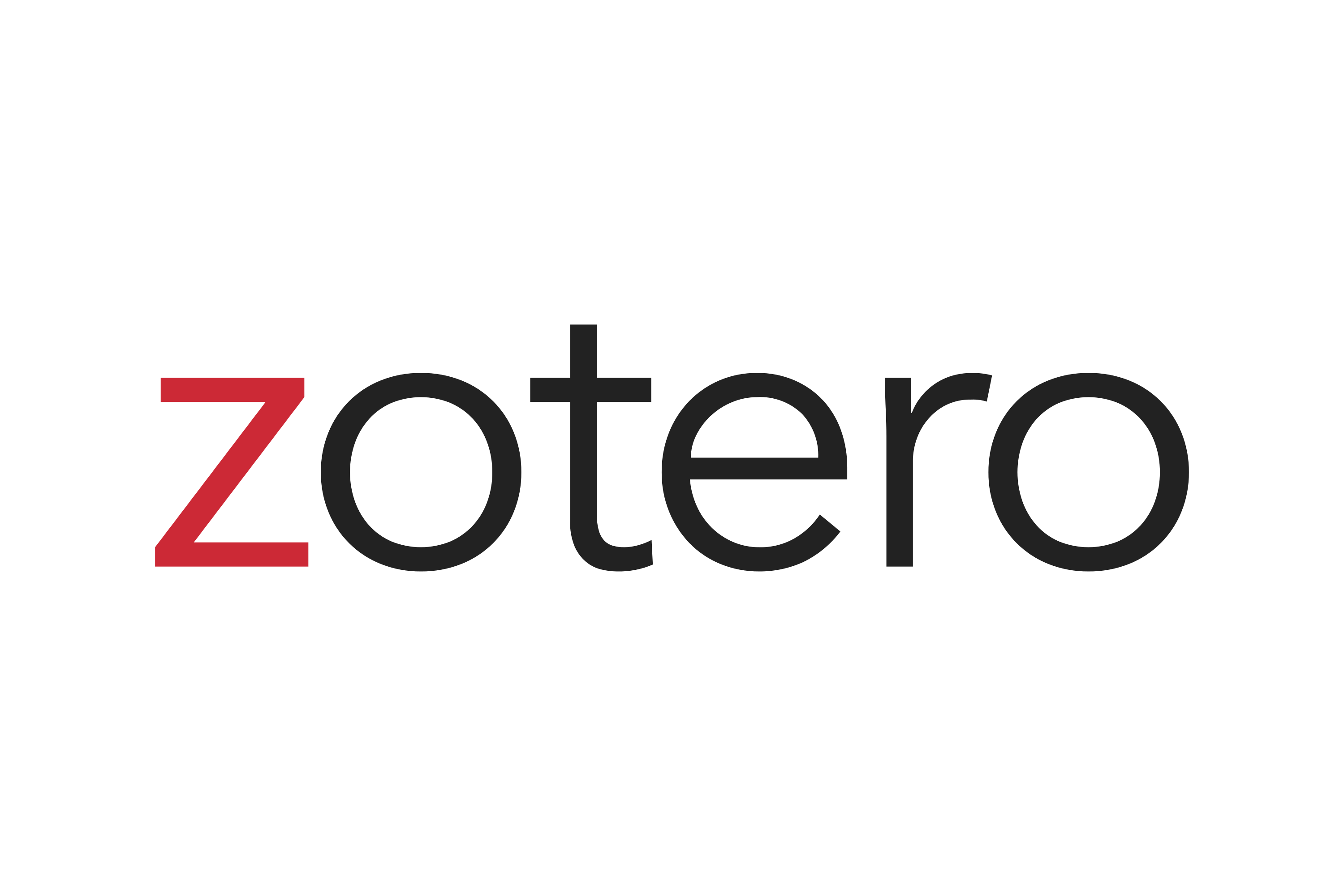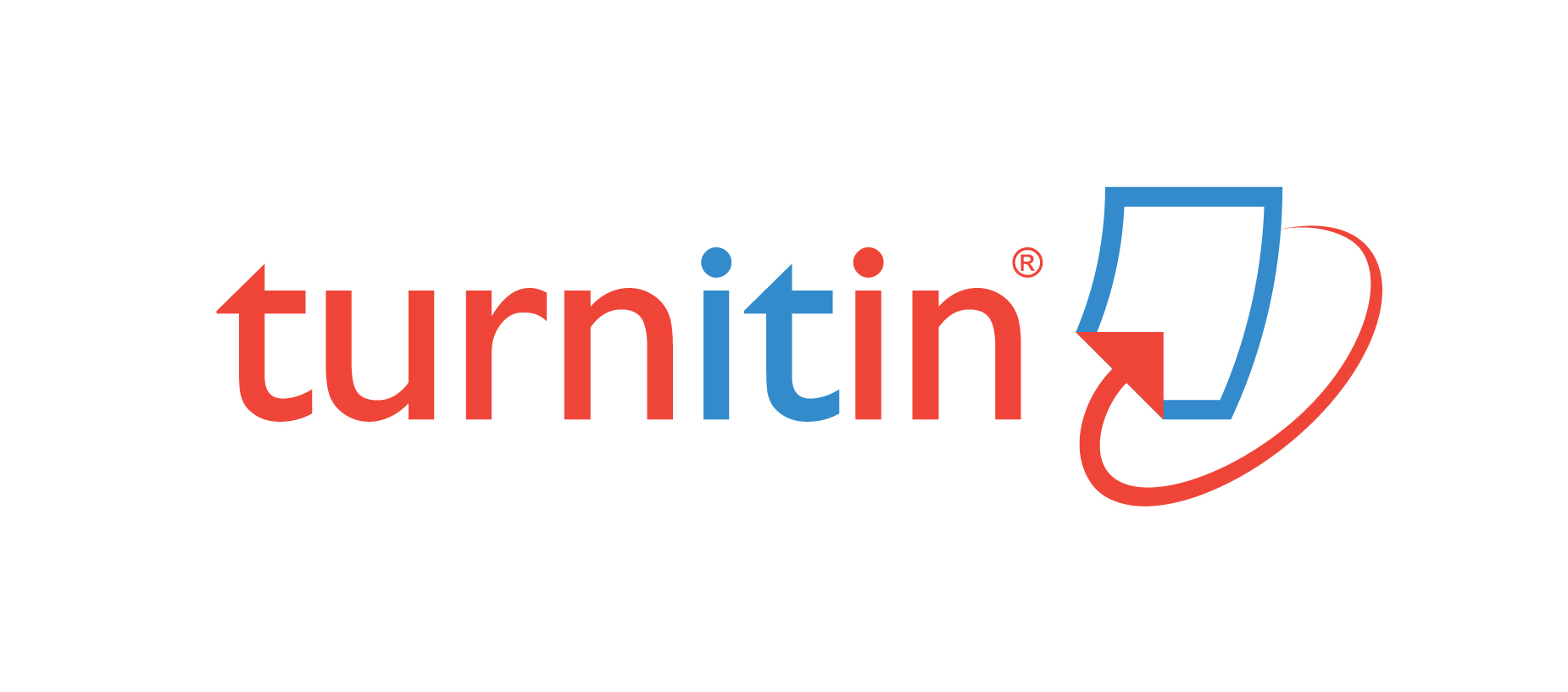RESEPSI MASYARAKAT TERHADAP AYAT AL-QUR’AN DALAM SENI KALIGRAFI
DOI:
https://doi.org/10.32678/alfath.v17i1.9567Keywords:
Reception, al-Qur’an, Calligraphy, Islamic ExpressionAbstract
Calligraphy is one of the expressions of Islam that has received tremendous attention from Muslims. In essence, calligraphy is a work of beautiful composition (khat) taken from the Qur'an and named (where it appears) Makki, Madani, Anbari, and Baghdadi. In the long run, several names (khat) emerged, such as khat Khufi, mutsallat, mudawwar, and others. The impact of the expansion of Islamic rule, the expansion of Bedouin rule, the duties of rulers, and the world class society inspired and worked with the increase of calligraphic specificity and influenced the logical turn of events, especially during the Abbasid period. After the Abbasid period, calligraphy really existed and was created. The purpose of this article is to understand how Quranic verses are understood and applied in the field of calligraphy, as well as how the craft of calligraphy is acquired by people who visit the demand room. Exploratory strategies used may include perception, encounter, and text examination. The results of the examination may provide a better understanding of the relationship between the verses of the Quran and the specialty of calligraphy, as well as provide data on how the craft of calligraphy is perceived by individuals who visit the request room.
Downloads
References
Agama RI, Departemen. “Tafsir Tahlili: Al-Qur’an Dan Tafsirnya (Edisi Yang Disempurnakan).” Jilid 1. Jakarta: Widya Cahya, 2011.
———. “Tafsir Tahlili: Al-Qur’an Dan Tafsirnya (Edisi Yang Disempurnakan).” Jilid 2. Jakarta: Widya Cahya, 2011.
———. “Tafsir Tahlili: Al-Qur’an Dan Tafsirnya (Edisi Yang Disempurnakan).” Jilid 3. Jakarta: Widya Cahya, 2011.
———. “Tafsir Tahlili: Al-Qur’an Dan Tafsirnya (Edisi Yang Disempurnakan).” Jilid 5. Jakarta: Widya Cahya, 2011.
———. “Tafsir Tahlili: Al-Qur’an Dan Tafsirnya (Edisi Yang Disempurnakan).” Jilid 6. Jakarta: Widya Cahya, 2011.
———. “Tafsir Tahlili: Al-Qur’an Dan Tafsirnya (Edisi Yang Disempurnakan).” Jilid 7. Jakarta: Widya Cahya, 2011.
———. “Tafsir Tahlili: Al-Qur’an Dan Tafsirnya (Edisi Yang Disempurnakan).” Jilid 10. Jakarta: Widya Cahya, 2011.
A.R., Sirojuddin. “Peta Perkembangan Kaligrafi Islam Di Indonesia.” Jurnal/Buletin Al-Turas XX/20, no. 1 (January 2014).
Atikah Proverawati, Munasib, Rifki Ahda Sumantri, dan. “Implementasi Seni Kaligrafi Khat Tsuluts Pada Masjid Al-Khikmah.” Al-Munqidz: Jurnal Kajian Keislaman 2, no. 2 (September 8, 2022).
Fadha’ili, Habibullah. “Atlas Al-Khaht Wa al-Khuthuth.” Cetakan Ke-1. Damaskus: Dâr ath-Thalâs, 1933.
Felix, John. “Sejarah Seni Rupa Eropa.” Binus Journal Publishing Humaniora 3, no. 9 (October 31, 2012).
Harun, Makmur Haji. “Eksistensi Seni Kaligrafi Islam Dalam Dakwah: Tantangan, Peluang Dan Harapan.” Jurnal Jurusan Bahasa dan Kesusasteraan Bahasa Melayu, Fakulti Bahasa dan Komunikasi, Universiti Pendidikan Sultan Idris (UPSI) 9, no. 35 (Oktober 2015).
Khotimah, Muti Husnul. “Sejarah Seni Kaligrafi Dalam Islam Dan Perkembangannya Di Indonesia.” Jurnal Ekonomi, Syariah, dan Studi Islam (EKSHIS): Yayasan Haiah Nusratul Islam, UIN Medan Sumatera Utara 1, no. 2 (Oktober 2023).
Maman Abdul Jalil, Eko Prasetyo dan. “Studi Komparatif Khat Naskhi Abdurraziq Muhammad Salim Dan Mahdi Sayyid Mahmud.” Hijai: Journal on Arabic Language and Literature 2, no. 2 (July 2019).
Masbukin, Ahmad Ghozali Syafi’i. “Kaligrafi Dan Peradaban Islam Sejarah Dan Pengaruhnya Bagi Kebudayaan Islam Di Nusantara.” Nusantara: Journal for Southeast Asian Islamic Studies 17, no. 2 (Desember 2021).
M.C., Anas. “Aplikasi Metode Abajadun Dan Tahsinul Kitabah Dalam Pembelajaran Kaligrafi Arab: Studi Kasus Di Sekolah Kaligrafi Al-Qur’an PP. Mambaul Maarif Denanyar Jombang.” Jurnal IAI Tribakti Prosiding dan Seminar Nasional 1, no. 1 (2022).
Muhammad Deddy Huzairin, Noor Hasnawati dan. “Galeri Seni Kaligrafi Islam Di Martapura.” Jurnal Tugas Akhir Mahasiswa Lanting 9, no. 1 (February 2020).
Rafles, Muhammad. “Perkembangan Seni Kaligrafi Di Indonesia (Studi Analisis Kitab Naṣhāih Al-Khaṭṭāṭīn Karya Didin Sirājuddīn).” Riau: UIN Sultan Syarif Kasim, 2017. http://repository.uin-suska.ac.id/id/eprint/20581.
Safadi, Y.H. “Islamic Calligraphy.” London: Shambala: Thames and Hudson Limited, 1979.
Sanjaya, Mario Bagus. “Sejarah Ilmu Kaligrafi Dalam Islam Dan Perkembangannya.” Jurnal Sejarah, Pemikiran dan Tasawuf (SHAF): Yayasan Haiah Nusratul Islam, UIN Medan Sumatera Utara 1, no. 1 (September 2023).
Siti Latifatul Maulidiah, Hilyah Ashoumi, Muhamad Masyhuri Malik. “Implikasi Intrakurikuler Kaligrafi Dalam Pelestarian Seni Budaya Islam Di Madrasah Tsanawiyah Darun Najah Karangploso Malang.” Jurnal Pengembangan Pemikiran dan Kebudayaan: Lisan Al-Hal, LP2M Universitas Ibrahimy 16, no. 2 (December 29, 2022).
Zuhdiyah, Nisa Azzah. “Cabang–Cabang Kaligrafi Dalam Musabaqah Khatil Qur’an Dan Jenis Khat Yang Digunakan.” ALFIHRIS: Jurnal Inspirasi Pendidikan 1, no. 1 (January 2023).
Downloads
Published
How to Cite
Issue
Section
License
Copyright (c) 2023 Sultan Karim, Ahmad Anshori Lubis, Ade Fakih Kurniawan

This work is licensed under a Creative Commons Attribution-ShareAlike 4.0 International License.
Copyright Notice

Al-Fath: http://jurnal.uinbanten.ac.id/ is licensed under a Creative Commons Attribution-ShareAlike 4.0 International License
An author who publishes in Al-Fath agrees to the following terms:
- Author retains the copyright and grants the journal the right of first publication of the work simultaneously licensed under the Creative Commons Attribution-ShareAlike 4.0 License that allows others to share the work with an acknowledgment of the work's authorship and initial publication in this journal
- Author is able to enter into separate, additional contractual arrangements for the non-exclusive distribution of the journal's published version of the work (e.g., post it to an institutional repository or publish it in a book) with the acknowledgment of its initial publication in this journal.
- Author is permitted and encouraged to post his/her work online (e.g., in institutional repositories or on their website) prior to and during the submission process, as it can lead to productive exchanges, as well as earlier and greater citation of the published work (See The Effect of Open Access).
Privacy Statement
The names and email addresses entered in this journal site will be used exclusively for the stated purposes of this journal and will not be made available for any other purpose or to any other party.










